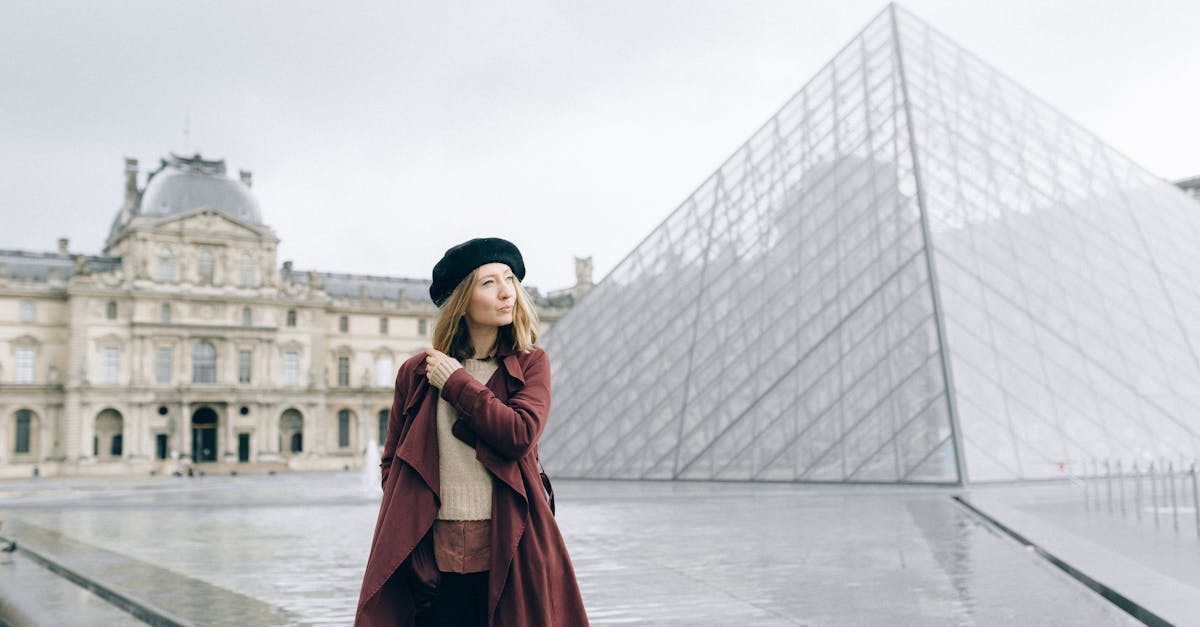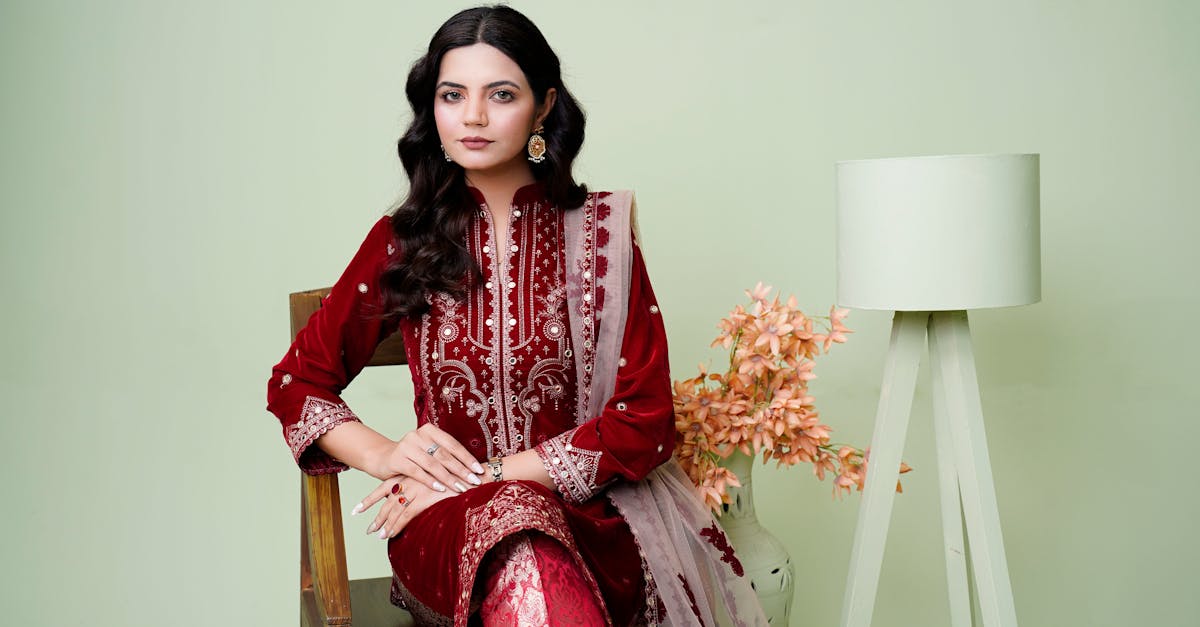Envisioning Fashion Futures Style Synthesis
Introduction
In an ever-evolving world, fashion remains a dynamic reflection of societal changes. As we step into a new era of technological advancements and sustainability consciousness, the concept of style synthesis emerges as a beacon of innovation in fashion. Style synthesis refers to the blending of diverse fashion elements to create fresh, unique looks. This process not only involves combining different styles but also embraces cultural, technological, and ethical dimensions. With the digital world's integration into fashion, style synthesis aims to redefine how we perceive and create wearable art. As we explore this concept, we uncover the potential to transform the industry, catering to diverse voices and demands.
Advertisement
Historical Context of Style Synthesis
Fashion, through the ages, has always been about reinvention—drawing influences from various epochs, cultures, and technologies. In the past, distinct styles prevailed in different regions, with traditional garments reflecting local heritage. However, with globalization, these styles began to intermingle, laying the groundwork for style synthesis. The mixing of Western and Eastern clothing or merging haute couture with streetwear exemplifies early signs of this trend. Fast forward to the present, style synthesis represents a conscious effort to merge disparate aesthetics and ideologies, honoring history while pushing the boundaries of creativity.
Advertisement
Technological Integration in Fashion Design
Technology plays a pivotal role in modern style synthesis, offering new tools and platforms for designers to innovate. The advent of artificial intelligence and 3D printing pushes the boundaries of what's possible in fashion creation. AI-driven design tools can predict trends or suggest novel color combinations, while 3D printing enables personalized clothing production. Virtual reality (VR) and augmented reality (AR) offer consumers and designers a virtual dressing room, blending physical and digital experiences. These technological advancements encourage a seamless fusion of past styles with futuristic designs, redefining how garments are envisioned.
Advertisement
Sustainability and Ethical Considerations
With growing awareness about environmental responsibility, sustainability is a crucial aspect of style synthesis. Designers are championing eco-friendly fabrics and circular fashion systems where clothes are recycled and reused, minimizing waste. This approach not only caters to environmentally conscious consumers but aligns with cultural narratives of preservation and innovation. Style synthesis in this context emphasizes creating timeless, versatile pieces, transcending seasonal trends. By integrating ethical standards and sustainable practices, designers redefine style synthesis, transforming fashion into a force for positive change.
Advertisement
Cultural Fusions in Modern Style
Globalization has exposed designers to a plethora of cultural influences, encouraging the fusion of traditional attire with contemporary styles. This cultural melting pot enriches fashion narratives, allowing for garments that reflect diverse identities. Collaborations between local artisans and international designers exemplify this cross-cultural synthesis. These partnerships provide unique insights into materials, craftsmanship, and storytelling, creating clothing that resonates on a personal and communal level. Such collaborations signify the collaborative spirit of style synthesis, celebrating both cultural preservation and exchange.
Advertisement
The Role of the Consumer in Style Synthesis
Today's consumers are more influential than ever, actively shaping fashion trends and advocating for authenticity. The internet provides a platform for individuals to showcase personal styles, challenging industry norms and inspiring designers. This democratization of fashion encourages designers to listen, adapt, and craft pieces that embody individuality, cultural richness, and ethical values. As consumers become collaborators in the creative process, style synthesis embraces a more inclusive and participatory approach, blurring the lines between creator and consumer.
Advertisement
Collaborative Design Processes
The fashion industry increasingly embraces collaborative methodologies that invite diverse perspectives into the design process. Interdisciplinary collaborations involving artists, scientists, and technologists expand style synthesis beyond traditional confines. Initiatives like open-source fashion invite collective contributions, enriching designs through shared knowledge. By fostering a collaborative spirit, style synthesis becomes a dynamic process, where ideas intersect and innovate. Such collaboration challenges conventional hierarchies, paving the way for fashion that transcends boundaries.
Advertisement
The Impact of Social Media on Fashion Trends
Social media platforms act as catalysts in the dissemination of style synthesis, amplifying the reach of innovative fashion ideas. Designs that blend various elements often gain traction online, inspiring widespread adoption. Influencers showcase fusion styles that defy categorization, encouraging designers to experiment boldly. Social media's power lies in its ability to connect global audiences, facilitating an instant exchange of trends and feedback. Such platforms democratize style synthesis, fostering a culture of collaboration and innovation.
Advertisement
Emerging Technologies and Future Prospects
As technology advances, the future of style synthesis appears boundless. Wearable technology, such as smart fabrics and biodegradable materials, signifies a forthcoming era of intelligent fashion design. Developments in machine learning and VR pave the way for highly personalized garments, altering the typical fashion cycle. Designers are increasingly converging technology with artistry to tackle challenges like identity, climate, and sustainability. These innovative trends in style synthesis hold promise for a transformative future, where fashion is both functional and expressionistic, addressing contemporary needs while imagining limitless possibilities.
Advertisement
Conclusion
Fashion Futures Style Synthesis promises a groundbreaking approach to fashion design, blending innovation with tradition. By interweaving cultural narratives, technological tools, and ethical considerations, it offers a holistic vision for the future. As designers and consumers collaborate in this creative journey, fashion transcends conventional boundaries, embracing inclusivity and sustainability. Style synthesis, at its core, champions adaptability, creativity, and respect for diversity, cultivating a thriving landscape for this dynamic industry. As we embrace these concepts, the horizon of fashion futures appears vibrant and boundless.
Advertisement








